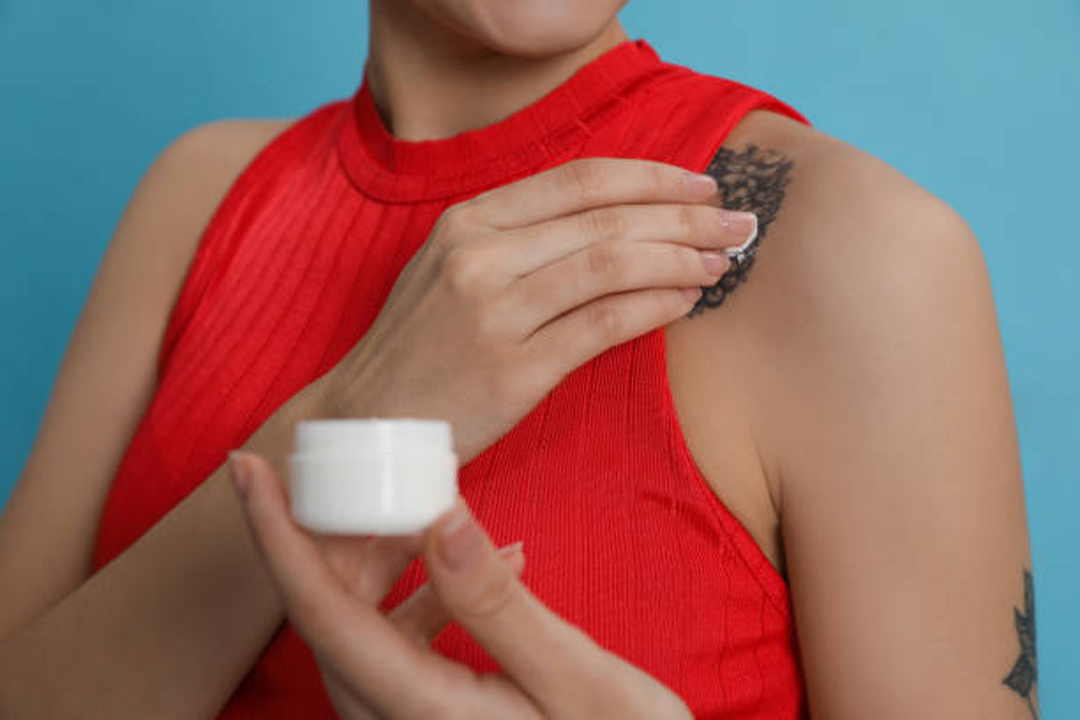
Getting a new tattoo is an exciting process, often representing a significant personal expression or a memorable life event. However, the journey continues once you leave the tattoo parlor. Proper aftercare ensures your new artwork heals beautifully and lasts a lifetime without complications.
Here’s a comprehensive guide to everything you need about tattoo aftercare.
Understanding the Tattoo Healing Process
The healing process for tattoos involves several stages. Initially, your tattoo will be in a
wound-healing phase where you might notice redness, swelling, and oozing. This is normal and part of the body’s natural healing process. Over the next few weeks, the outer layer of skin will start to peel, similar to a sunburn. It’s vital to resist the urge to pick at the peeling skin to avoid scarring or fading the ink.
As the tattoo heals, it will begin to itch, indicating that the deeper layers of skin are repairing. The entire healing process typically takes about 4 to 6 weeks, but this can vary depending on the size and location of the tattoo and your body’s healing capabilities.
Immediate Aftercare: The First 24 Hours
The first 24 hours after getting a tattoo are critical for setting the stage for sound healing. The tattoo artist will wrap your tattoo to protect it from bacteria and prevent any foreign substances from getting into the wound. It is generally advised to keep the bandage on for a few hours, after which it should be gently removed to allow the tattoo to breathe.
After removing the bandage, washing the tattoo gently with lukewarm water and mild, fragrance-free soap is essential to remove any blood, plasma, or excess ink. This should be done with clean hands to avoid introducing bacteria to the area. Pat the tattoo dry with a clean paper towel and avoid using cloth towels, which can harbor bacteria.
Regular Care for Your New Tattoo
After the initial cleaning, maintaining your tattoo involves carefully balancing cleanliness and moisturization to promote optimal healing. Here’s how to manage this critical stage:
1. Keep the Tattoo Clean and Moisturized:
- Wash the tattoo area gently but thoroughly a couple of times daily with lukewarm water and mild, fragrance-free soap to remove any bacteria and excess ink.
- Apply a thin layer of a fragrance-free, hypoallergenic moisturizing ointment or lotion. This keeps the tattoo slightly moist and promotes healing while preventing the area from becoming waterlogged, which can lead to complications like ink rejection or bacterial infections.
2. Moisturizing Tips:
- Avoid over-moisturizing. A light layer of moisturizer is sufficient—your tattoo should not feel overly sticky or slick.
- Choose products recommended for tattoo aftercare to avoid ingredients that might irritate the skin or cause an allergic reaction.
3. Water and Sunlight Exposure:
- Avoid soaking the tattoo in water. While showers are permissible, avoid direct streams of water on the fresh tattoo and limit your time under the water.
- To prevent waterborne bacteria from infecting the area, avoid baths, hot tubs, and swimming pools until the tattoo is fully healed.
- Protect the tattoo from direct sunlight. UV rays can degrade the ink significantly and disrupt the healing process.
- Wear loose clothing over the tattoo whenever you’re out in the sun to shield it from UV damage and to prevent irritation from tight clothing rubbing against it.
Following these guidelines can help ensure your tattoo heals correctly and maintains its intended appearance.
Long-Term Care and Touch-Ups
Once your tattoo has healed, keep it vibrant and sharp by moisturizing regularly and applying sunscreen to prevent fading from UV exposure. If parts of your tattoo heal unevenly or if the ink appears to have faded, consult your tattoo artist about potential touch-ups.
If you might eventually consider removing your tattoo, it is useful to compare tattoo removal prices and understand the involved procedures. Laser tattoo removal, for example, can vary significantly in cost depending on the tattoo’s size, color, and age.
Potential Complications and How to Address Them
While many tattoos heal smoothly, complications can arise, such as infections, allergic reactions to the ink, or uneven healing. Common signs of an infection include excessive redness, noticeable swelling, tenderness around the tattoo, and the presence of pus. Allergic reactions might manifest as intense itching, bumps, or rashes around the tattooed area. Both situations require immediate attention.
If you observe any of these symptoms or if the tattoo does not seem to be healing correctly, it is essential to consult a healthcare professional promptly to receive appropriate treatment and prevent further complications.
Conclusion
Proper aftercare is as important as the tattoo application itself. Following these guidelines ensures that your new tattoo heals properly and remains vibrant for years. Remember, taking care of your tattoo is a long-term commitment that requires regular attention and care to maintain its beauty and significance.

